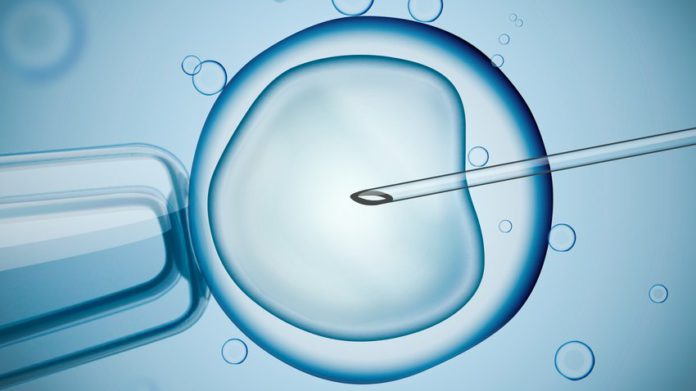
SPAIN is Europe’s most active country in assisted reproduction treatment (ART).
The European Society of Human Reproduction and Embryology (ESHRE) has collected the national registry data of ART cycles performed in Europe since 1997 and for its latest report (for 2014) found that a record 109,275 treatment cycles were performed in Spain, which now sets the pace of European ART ahead of Russia (94.985 cycles) and former front runner France (90,434). The cycles monitored by ESHRE include treatments with IVF, ICSI, egg donation and intrauterine insemination (IUI).
The report covers a total of 707,171 treatment cycles performed in 2014 and 146,232 babies born – and represents the largest and most accurate snapshot of ART in Europe. Dr Carlos Calhaz-Jorge, chairman of ESHRE’s European IVF Monitoring Consortium, will present the results today in Geneva at the 33rd Annual Meeting of ESHRE.
Dr Calhaz-Jorge estimates that around 80% of all European assisted reproduction fertility treatments are included in the monitoring programme – but this year (ie, for 2014) without the data so far of the UK. This, said Dr Calhaz-Jorge, may slightly compromise results in terms of favoured treatment type (IVF or ICSI). In 2013 the UK performed 61,000 treatments.
Clinics in Europe continue to favour ICSI over IVF by around two-to-one (123,809 IVF, 336,123 ICSI), a pattern now evident throughout the world.
However, European results consistently show that pregnancy rate (per embryo transfer) is higher with IVF (34.6%) than with ICSI (33.1%). ICSI was developed in the early 1990s as a specific treatment for male infertility (low sperm counts, poor sperm quality) but is now clearly used for fertilisation in non-male cases.
Pregnancy rates (as measured per embryo transfer) seem to have stabilised in Europe at about 35% for IVF and 33% for ICSI. Pregnancy rates from egg donation continue to rise (now at about 50%). There is, nevertheless, wide variability between countries.
“We began monitoring IVF in Europe in 1997,” said EIM Chairman Carlos Calhaz-Jorge, “and the rate of multiple pregnancy continues its slow but steady decline. Success rates seem to have stabilised, although outcome in egg donation and with use of frozen embryos is still moving upwards. The biggest upwards movement, however, is from treatments with frozen eggs, which have been revolutionised by the widespread introduction of vitrification.”
Dr Calhaz-Jorge also noted that the availability of assisted reproduction treatment remains very patchy in Europe, with Denmark, Czech Republic, Belgium and Slovenia offering more than 2000 treatment cycles per million population, while others (such as Malta, Portugal and Italy) offer considerably fewer. A study calculated that the global need for advanced fertility treatments was around 1500 cycles per million of the population per year. “Only a minority of European countries meet this need,” said Dr Calhaz-Jorge.








